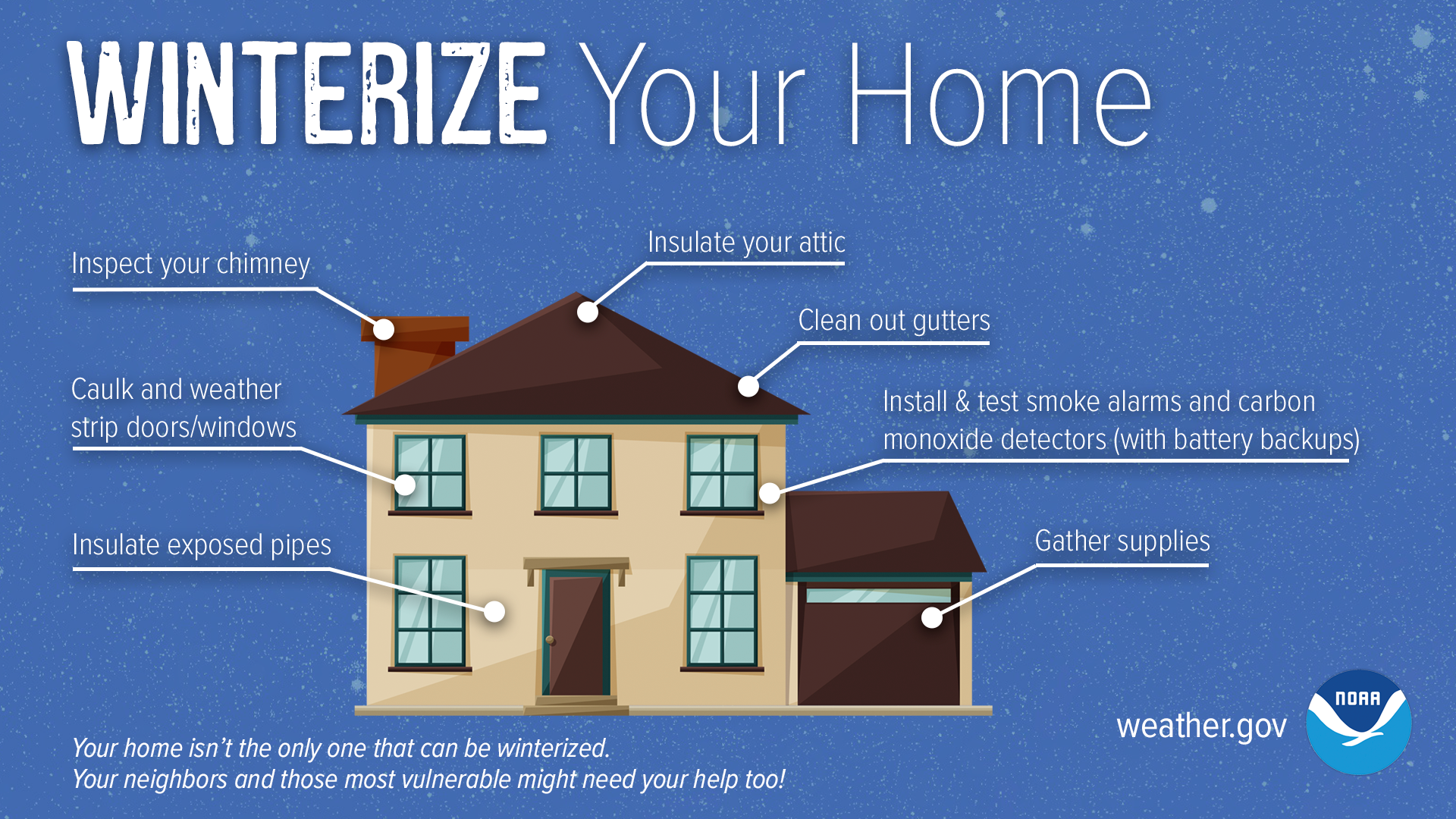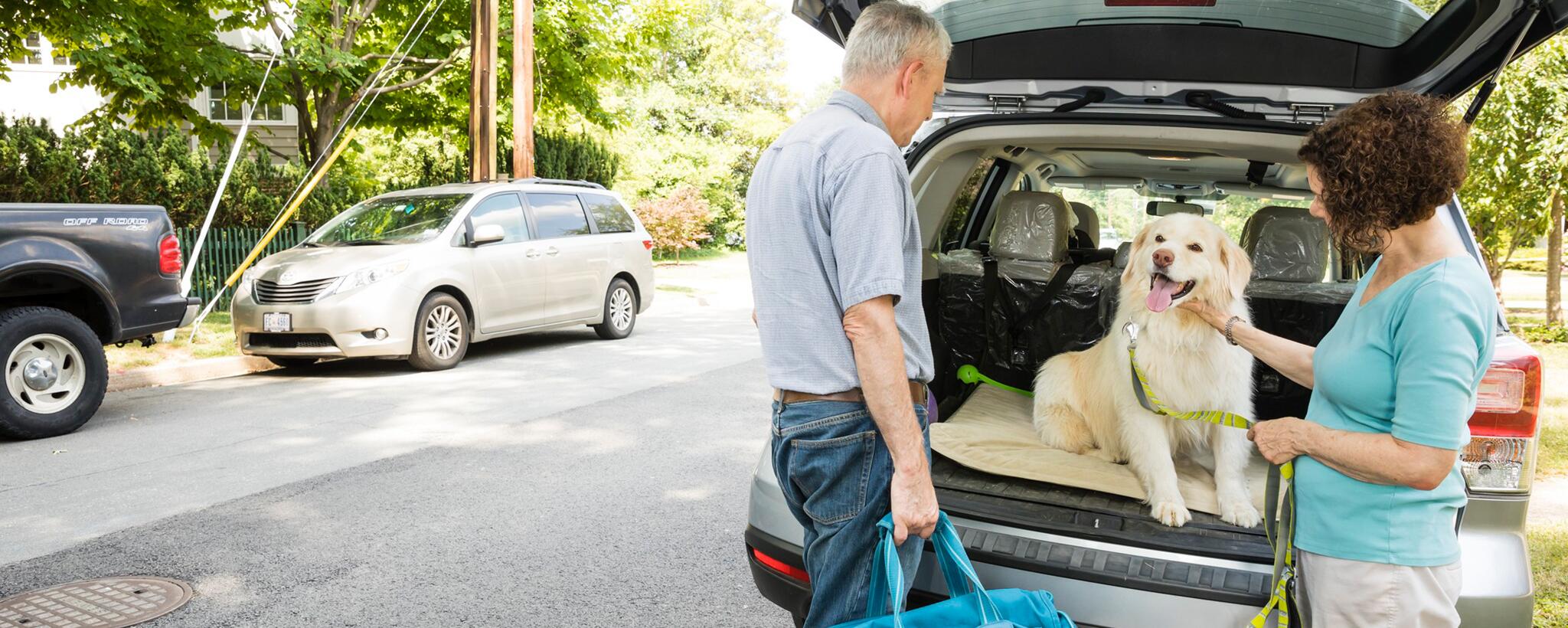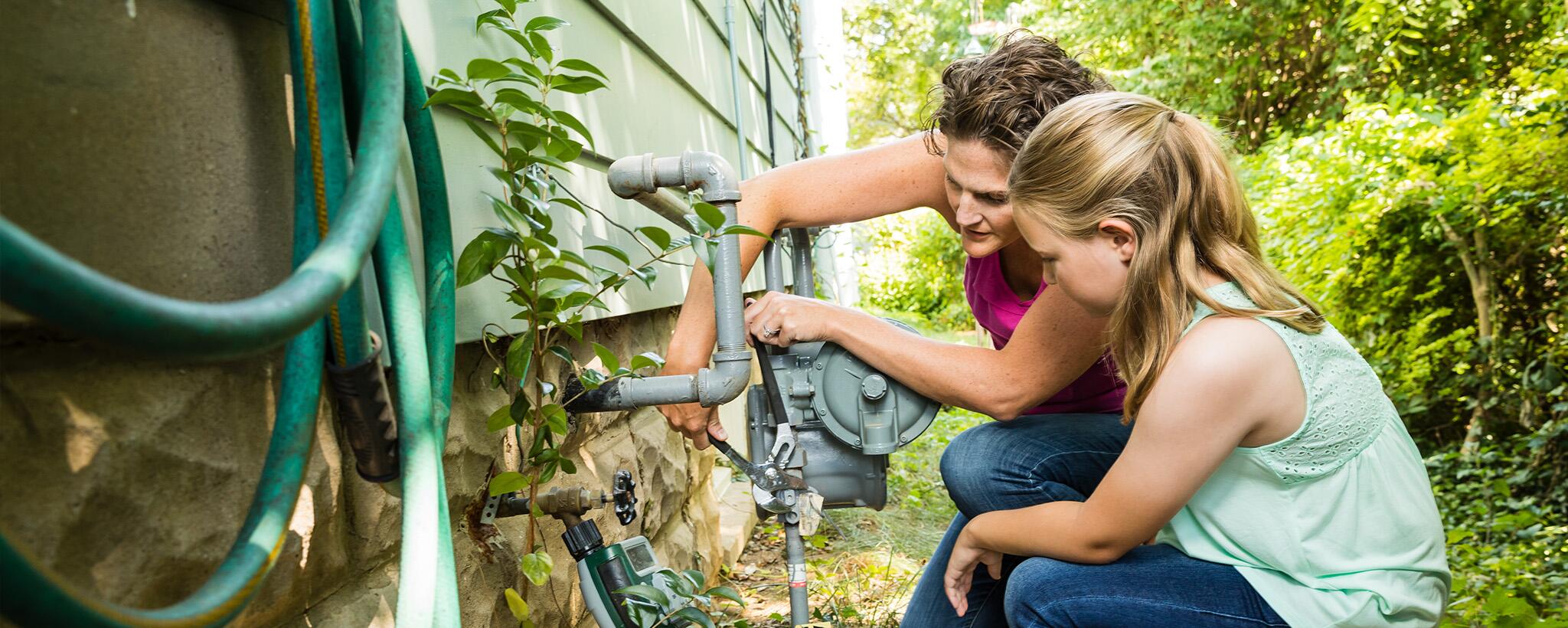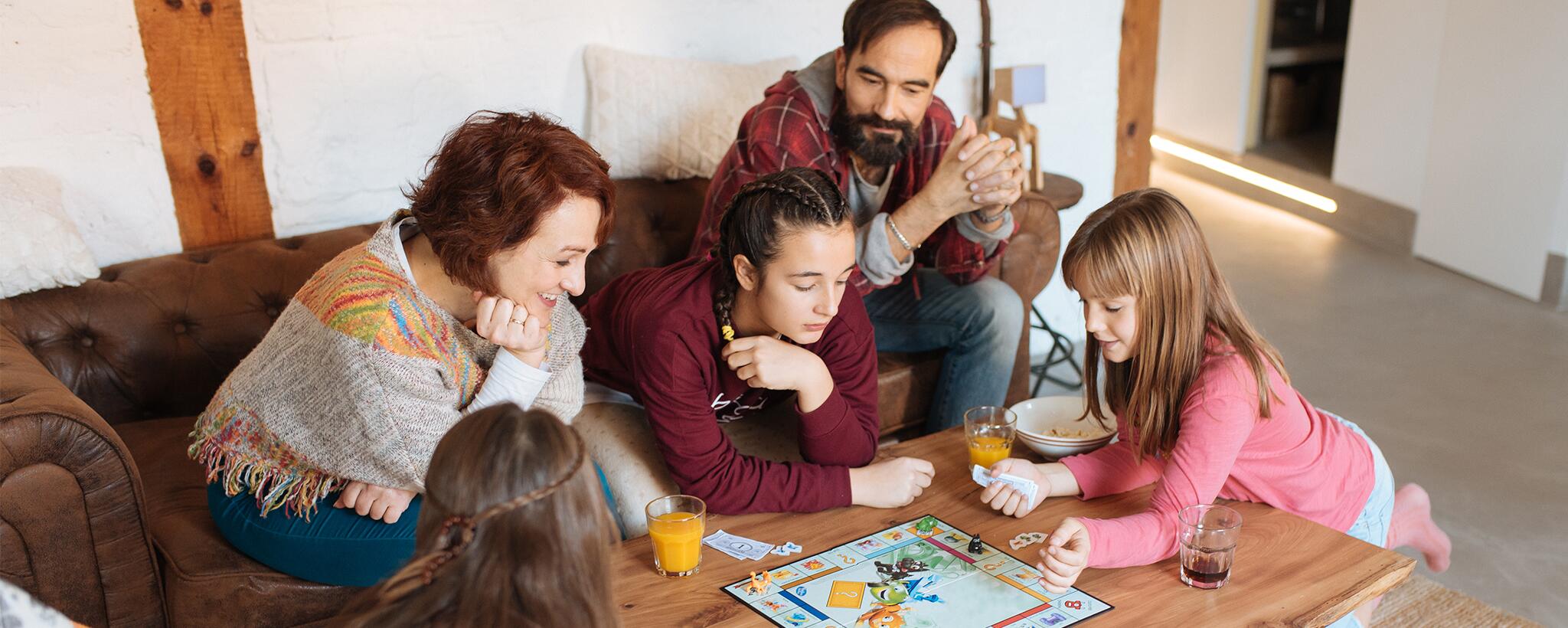Winterize Your Vehicle

To prepare for winter weather, you need to be sure that your vehicle is prepared for the cold weather.
Winterize Your Car
- Check or have a mechanic check out your vehicle
- Antifreeze levels – ensure they are sufficient to avoid freezing.
- Battery and ignition system – should be in top condition and battery terminals should be clean.
- Brakes – check for wear and fluid levels.
- Exhaust system – check for leaks and crimped pipes and repair or replace as necessary. Carbon monoxide is deadly and usually gives no warning.
- Fuel and air filters – replace and keep water out of the system by using additives and maintaining a full tank of gas.
- Heater and defroster – ensure they work properly.
- Lights and flashing hazard lights – check for serviceability.
- Oil – check for level and weight. Heavier oils congeal more at low temperatures and do not lubricate as well.
- Thermostat – ensure it works properly.
- Windshield wiper equipment – repair any problems and maintain proper washer fluid level.
- Install good winter tires. Make sure the tires have adequate tread. All-weather radials are usually adequate for most winter conditions, however, some jurisdictions require that to drive on their roads, vehicles must be equipped with chains or snow tires with studs.
- Maintain at least a half tank of gas during the winter season.
Check your VEHICLE EMERGENCY KIT to be sure it is well-stocked. See Vehicle Emergency Kit









